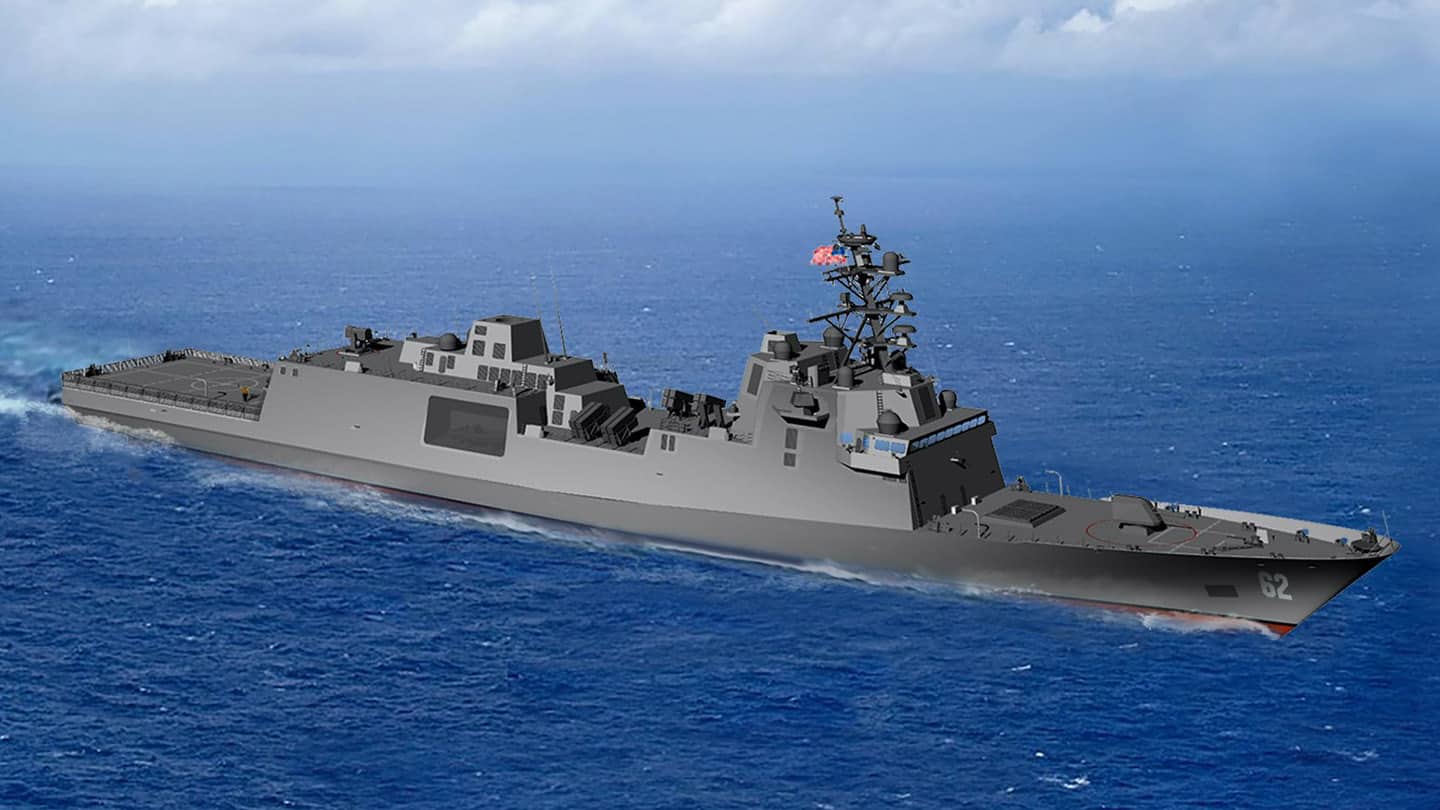The U.S. Coast Guard Cutter Healy (WAGB-20) pictured in Arctic ice in October 2018, about 715 miles north of Barrow, Alaska, in the Arctic. NyxoLyno Cangemi/U.S. Coast Guard
The United States’ only medium icebreaker USCGC Healy has suffered a fire and propulsion failure while en route to the Arctic.
The U.S. Coast Guard reports that the Healy was approximately 60 nautical miles off Seward, Alaska on August 18 when an electrical fire in one of the ship’s main propulsion motors was reported at 9:30 p.m. A fire team disconnected the affected motor, and the fire was confirmed extinguished by 9:56 p.m.
The exact cause of the fire is currently unknown, the Coast Guard said.
The USCGC Healy is one of two operational icebreakers in the U.S. Coast Guard’s fleet, along with the 45-year-old heavy icebreaker USCGC Polar Star. By comparison, Russia currently operates more than 50 icebreakers – several of which are nuclear powered.
The Coast Guard reported that due to the fire, Healy’s starboard propulsion motor and shaft are no longer operational, and the ship is transiting back to its homeport in Seattle for further inspection and repairs, the Coast Guard said,
Prior to the fire, the Healy completed a 26-day patrol in support of Operation Arctic Shield, demonstrating U.S. presence and influence in the Bering Sea, along the U.S.-Russian Maritime Boundary Line, and in the Arctic.
On August 15, the Healy was in Seward and embarked 11 scientists before departing on August 18 on a national security and science mission in the Arctic.
As a result of the fire, all Arctic operations have now been cancelled, the Coast Guard said.
“I commend the crew of the Healy for their quick actions to safely combat the fire,” said Vice Adm. Linda Fagan, the Pacific Area commander. “This casualty, however, means that the United States is limited in icebreaking capability until the Healy can be repaired, and it highlights the nation’s critical need for Polar Security Cutters.”
The USCGC Polar Star, capable of breaking ice up to 21 feet thick, is reserved for Operation Deep Freeze, the annual re-supply mission to U.S. interests at McMurdo Station in Antarctica. Polar Star returned from the mission this year in March following a 123-day deployment. During the 2019 mission, the ship experienced multiple problems with its electrical systems, an evaporator, and a rupture of the vessel’s centerline shaft seal resulting in water ingress. The vessel also experienced ship-wide power outages while breaking ice in McMurdo Sound and afire in the ship’s incinerator room.
The U.S. Coast Guard and Navy are currently in the process of replacing the United States Coast Guard’s aging fleet of icebreakers with the Polar Security Cutter Program, which plans for up to three PSC ships.
In April 2019, the Navy and Coast Guard awarded a contract to VT Halter Marine for the detail design and construction of the Polar Security Cutter. Construction of the first Polar Security Cutter is scheduled to begin in early 2021 with delivery in 2024.
The President’s Budget request for fiscal year 2021 requests full funding for the construction of the second Polar Security Cutter.
Unlock Exclusive Insights Today!
Join the gCaptain Club for curated content, insider opinions, and vibrant community discussions.

 Join The Club
Join The Club













